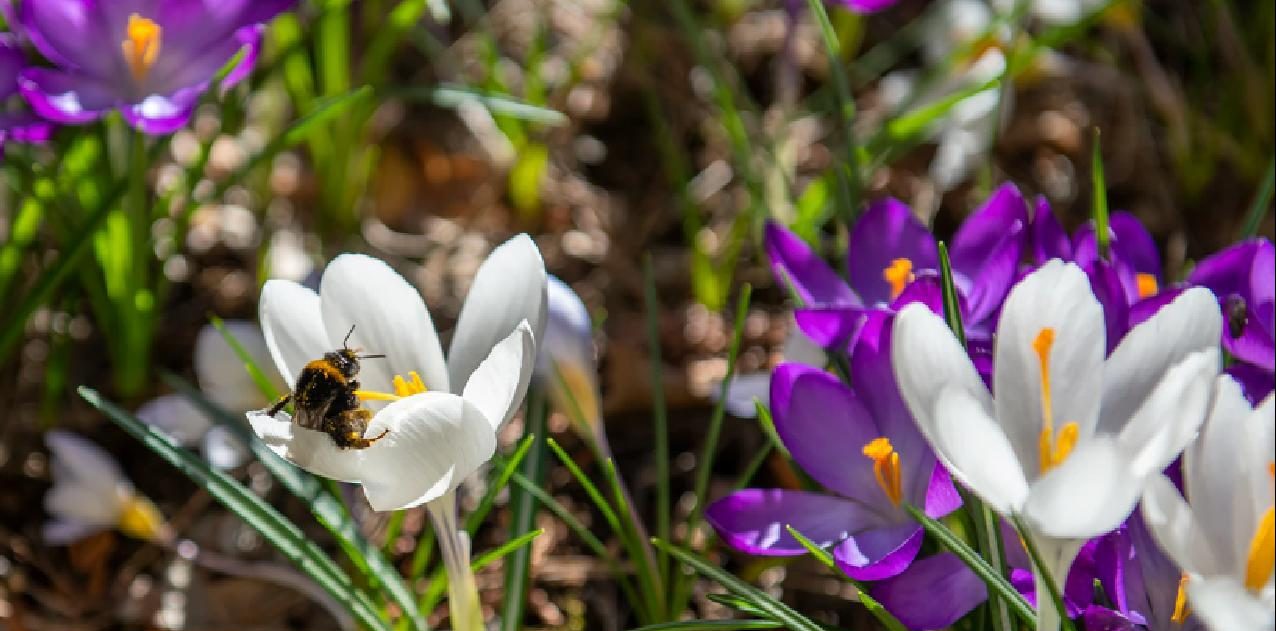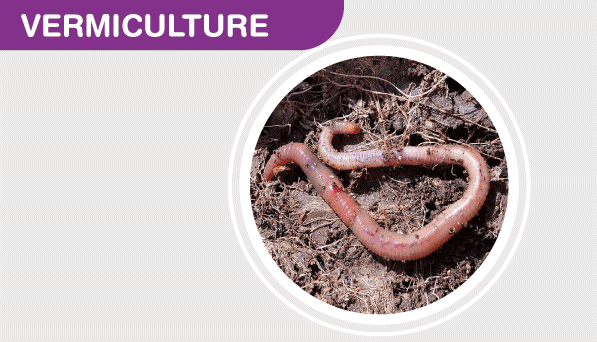Introduction
Fruit trees are a beautiful addition to any garden or orchard, providing delicious and nutritious produce year after year. However, to ensure the health and productivity of your fruit trees, it’s essential to master the art of pruning. Pruning is not just about trimming away branches; it’s about shaping the tree, promoting air circulation, and encouraging the growth of quality fruit. In this guide, we’ll explore the art of fruit tree pruning, sharing expert techniques and tips to help you achieve higher yields and healthier trees.
Why Pruning Matters
Pruning serves several crucial purposes in fruit tree care. Here’s why it’s essential:
Promotes Growth: Pruning stimulates new growth, leading to stronger and more productive trees. It encourages the development of fruit-bearing branches, ensuring you get a plentiful harvest.
Improves Air Circulation: Properly pruned trees allow for better air circulation, reducing the risk of diseases like fungal infections and ensuring that fruit receives adequate sunlight and nutrients.
Enhances Tree Structure: Pruning helps maintain a balanced and open canopy, preventing branches from overcrowding and potentially breaking under the weight of fruit.
Controls Size: Pruning allows you to control the size of your fruit trees, making them more manageable and accessible for harvesting.
Now, let’s dive into the techniques that will turn you into a fruit tree pruning maestro.
The Right Tools
Before you start pruning, you’ll need the right tools to get the job done effectively and safely. Invest in quality pruning shears, loppers, a pruning saw, and safety gear, including gloves and protective eyewear. Keeping your tools sharp is crucial for clean cuts that minimize damage to the tree.
When to Prune
Timing is critical when it comes to fruit tree pruning. The best time to prune depends on the type of tree you’re dealing with:
Winter Pruning: Many fruit trees, such as apples and pears, are best pruned during late winter when they are dormant. This allows you to see the tree’s structure clearly and reduces the risk of disease transmission.
Summer Pruning: Some trees, like peaches and nectarines, benefit from summer pruning after the harvest. This can help manage their size and encourage new growth for the following season.
Pruning Newly Planted Trees: Newly planted fruit trees should be pruned immediately after planting to remove any damaged or weak branches and encourage strong, healthy growth.
Basic Pruning Techniques
Remove Dead and Diseased Wood: Start by cutting away any dead or diseased branches. These can serve as entry points for pests and diseases, so removing them is crucial.
Thin Out Crowded Growth: Identify branches that are crossing or growing too closely together. Remove one of them to create space and improve air circulation.
Shape the Canopy: Prune to shape the tree’s canopy, aiming for an open center or vase shape. This allows sunlight to reach all parts of the tree, promoting even fruit development.
Cut at the Right Angle: Make clean cuts at a slight angle just above a bud or lateral branch. Avoid leaving stubs, as they can attract disease and pests.
Tree-Specific Pruning Tips
Different fruit trees have unique needs when it comes to pruning:
Apple and Pear Trees: These trees benefit from regular pruning to maintain an open center. Remove vertical branches and any that are growing inward.
Peach and Nectarine Trees: Prune these trees in summer to control their height and encourage lateral growth.
Cherry Trees: Minimal pruning is required for cherry trees. Focus on removing dead or diseased branches and shaping the canopy.
Citrus Trees: Citrus trees should be pruned lightly, primarily for shaping and removing any dead wood.
Aftercare
Once you’ve completed your pruning, there are a few additional steps to ensure your fruit trees thrive:
Fertilize: Apply a balanced fertilizer in the spring to provide essential nutrients for growth and fruit development.
Mulch: Mulch around the base of the tree to retain moisture and suppress weeds.
Water: Ensure your trees receive consistent and adequate watering, especially during dry spells.
Monitor for Pests and Disease: Keep an eye out for signs of pests or disease and take prompt action if you spot any issues.
Conclusion
Pruning fruit trees is an art that, when mastered, can lead to higher yields, healthier trees, and more delicious fruit. By understanding the timing, tools, and techniques involved in fruit tree pruning, you can transform your orchard or garden into a thriving, bountiful paradise. So, grab your pruning shears, put on your gloves, and get ready to sculpt your way to fruit tree success!





